General Info – summary
This widespread Tree is up to 20m high with bark that becomes reddish brown and fissured. Shiny, simple Leaves with a 3-veined, asymmetric base & stipules that produce paired thorns – 1 straight and 1 curved. 5-merous bisexual yellowish-green Flowers are regular & in cymes. 5 stamens are present. A single pistil with a superior ovary is present. The almost spherical, mature leathery red Fruit is a one seeded drupe.
Description
Ziziphus mucronata subsp. mucronata.
SA No. 447.
Common names: (Afr) Blinkblaar, Blinkblaarboom, Blinkblaar-wag-‘n-bietjie, Blinkblaar-wag-‘n-bietjie doringboom, Buffelsdoring, Haakdoring, Haak-en-steek-wag-‘n-bietjie, Katdoring, Buffeldoring, Skynblaar-wag-‘n-bietjie, Wag-‘n-bietjie, Wag-‘n-bietjie-doring. (Eng) Bogwood, Buffalo Thorn, Cat-thorn, Come-and-i’ll-kiss-you, Wait-a-bit. (isiNdebele) Umpafa. (isiXhosa) Umphafa. (isiZulu) Isilahla, Umhlahlankosi, Umkhobonga, Umlahlankosi, Umphafa. (Northern Sotho) Mokgalwa, Mokgalô, Moksalo, Moonaona. (Setswana) Mokalabata, Mokhalo, Mokgalo. (siSwati) Umlahlabantu, Umlahlabantfu, Umphafa. (Tshivenda) Mukhalu, Mutshetshete. (Xitsonga) Mphasamhala.
Family: Rhamnaceae. (Buckthorn Family). This family mainly contains trees and shrubs. It has about 58 genera and 900 species. In South Africa, there are 9 genera and 203 species. Trees on this website include Berchemia, Noltea, Rhamnus and Ziziphus. Leaves are simple, usually alternate and stipules are present – if only for a short time. Flowers are actinomorphic (regular and symmetric) and a prominent hypanthium (the cup-like receptacle usually derived from the fusion of floral envelopes and androecium, and on which are seemly borne calyx, corolla and stamens) is present. Sepals and Petals are free and in 4’s or 5’s. The Calyx is tubular and sepals do not overlap. The free petals arise from the calyx tube or from the outer margin of the disc. The 4-5 Stamens arise with, and opposite to, the petals. Anthers have up to 2 pollen sacs and pollen is released through longitudinal slits. The Ovary is usually superior. Fruit is a drupe, which is partly enclosed by a persistent Calyx.
Name derivation: Ziziphus – from the Arabic name (Ziziphus lotus) for a member of this genus. mucronata – pointed: possibly refers to the sharp thorns or leaf apices. Subsp. mucronata the only subsp. in South Africa. There are 6 species in the genus Ziziphus in southern Africa.
Conservation: National Status: L C (least concern). Assessment: 2005 (W. Foden and L. Potter).
Tree
This plant may be shrub. As a Tree (photo 589) it is medium sized – up to 20m (usually about half this) high and may have a crooked trunk. In a quest for light, trees tend to be taller when growing close to other trees (photo 329). Branches tend to droop, often zigzagging, may be hairy when young and may occur low down (photo 18). Present on young stems are clearly visible lenticels (a usually raised corky oval or elongated area on the plant that allows the uncontrolled interchange of gases with the environment – photo 297). The young stem has a smooth greenish Bark. With age it matures to a reddish brown, becomes rough, dark grey, and fissured (having long narrow cracks or openings – photo 327) – forming small almost rectangular pieces. The bark may peel off in strips, revealing the reddish under bark (photo 727).
- 589. 2015/04/14. Walter Sisulu NBG. Photo: David Becking.
- 329. 2015/10/13. Walter Sisulu NBG. Photo: David Becking.
- 327. 2015/10/13. Walter Sisulu NBG. Photo: David Becking.
- 727. 2016/10/11. Pretoria NBG. Photo: David Becking.
- 18. 2016/10/18. Pretoria NBG. Photo: David Becking.
- 297 2014/10/07. Walter Sisulu NBG. Photo: David Becking.
Leaves
The alternate Leaves are shiny darkish green above and slightly less so below (photo 704). The undersurface may have soft brown hairs on the veins. Leaves are simple (have a single blade which may have incisions that are not deep enough to divide the blade into leaflets). The tree is evergreen in coastal areas, where it grows larger but may be deciduous in areas subjected to cold winters. Leaves are up to 3,2-9 x 1,5-5cm and occasionally up to 9 x 6cm. They tend to droop slightly. Only young leaves are distinctively dark coloured and curved closed along the Midrib (the main rib of a leaf or leaf-like part, a continuation of the petiole – photo 697). Mature green leaves are ovate (egg shaped) to broadly ovate or widely lance shaped. Hairs may be present below. The Apex is broadly to sharply tapering and are often mucronate (ending abruptly in a short sharp point). The Base may be markedly asymmetric, tapering on one side and lobed on the other (photo 704). Leaves have 3 conspicuous Veins arising from the base (palmately veined). Two other, less conspicuous veins may also be visible. The often wavy Margin may be finely serrated – less so along the lower third of the leaf. Short soft hairs are present on the Petiole (leaf stalk – photo 400 under Flowers). The petiole is 0,7 to 1,2cm long and is grooved above (photo 704) and up to 2cm long. The Stipules (basal appendages of the leaf petiole) are spinescent and develop into distinctive pairs of thorns (photo 295). One is straight and is up to 2cm long and the other curves sharply backwards. Both are extremely sharp and occur at the nodes on either side of the petiole (photo 295). This is a variable species, and some mature trees are almost spineless.
- 697 2016/08/30 Walter Sisulu NBG. Photo: David Becking.
- 295 2014/02/09 Marakele NP. Photo: David Becking.
- 704. 2020/01/20. Walter Sisulu NBG. Photo: David Becking.
Flowers
The small yellowish-green Flowers are bisexual and actinomorphic (Regular, symmetrical. Flowers are vertically divisible into similar halves by more than 1 plane passing through the axis). Prior to opening, the young buds are pentagonal shaped (photo 904). The small flowers are up to 5mm in diameter and arranged in tight axillary cymes (broad, more or less flat-topped, determinate flower cluster, with central flowers opening first). The Calyx has 5 relatively large Sepals that are keeled within (photo 898) and hairy outside (photo 904). The Corolla has 5 spatulate (shaped like a spatula with a broad rounded apex and a narrow base – photo 904) Petals that are a lot thinner than the sepals. The opening petals (photo 703) and the open sepals are visible in (photo 400). A relatively large, flat yellow disc (a more or less fleshy or elevated development of the receptacle) is present (photo 898) and adheres to the calyx tube. 5 Stamens are inserted outside this disc – photo 400) and eventually become reflexed (photo 898). There is a single Pistil (a unit of the Gynoecium, the female element of the flower, composed of the Ovary, Style and Stigma). Partially immersed in the disc is the superior Ovary. From here, more than one Style may arises and each ends in a Stigma that has minute nipple-like projection on the surface. (Oct-Apr – mainly in spring and summer).
- 703. 2017/10/31. Pretoria NBG. Photo: David Becking.
- 904. 2017/11/14. Pretoria NBG. Photo: David Becking.
- 400. 2016/11/08. Pretoria NBG. Photo: David Becking
- 898. 2017/11/14. Pretoria NBG. Photo: David Becking.
Fruit
The shiny, almost spherical Fruit is a 1-1,6cm wide Drupe (or stone fruit – photo 910). It is initially green (photo 38). In this photo, the remains of the calyx is still visible. The drupe matures to a red-orange to red-brown colour. (A well-known example of a drupe is the peach fruit). In Ziziphus, the central part or endocarp is surprisingly wide and not brown like the peach pip. It is thick, white and hard. A hacksaw was used to cut through the fruit (photo 910). This endocarp encloses the large elliptic seed (photo 910). Outside this is the mesocarp (here a very thin fleshy layer – the edible part of a peach) – which is much bigger. Surrounding this is the visibly dented, reddish exocarp (skin). The indehiscent fruit may remain on the tree until the next green leaves appear. Large numbers may fall to the ground. (Feb-Aug).
- 38. 2014/01/28. Walter Sisulu NBG. Photo: David Becking.
- 910. 2016/10/14. Pretoria NBG. Photo: David Becking.
Distribution & Ecology
This Tree is located in a wide range of habitats – especially in summer rainfall areas and open scrub. It is not common in deep forests. The tree may occur along rivers, often in deep alluvial soil. The tree is low temperature and drought tolerant and is a relatively common tree in South Africa, especially in the bushveld but not in the South-Western Cape. The tree is also located in Namibia, Mozambique, Botswana, Swaziland, Lesotho, Ethiopia and Arabia. It is susceptible to invasion by Mistletoe (an obligate hemi-parasite that gains moisture and nutrients from the host plant). This hemi-parasite is more visible in winter when its greenish branches become visible on a leafless tree. Ziziphus mucronata is a universal fruit plant for animals. Rats store Fruit as winter food. Many birds consume the fruit, including Speckled Mousebirds. Animals – including giraffe, kudu, eland, nyala, black rhino, impala, Vervet monkeys, baboons, jackals, warthogs, and porcupine also consume the fruit. Butterflies including the blue-eyed Hintza Pierrot (Zintha hintza) in the eastern and northern parts of South Africa, the black pied or dark pied Pierrot (Tuxentius melaena), the white Pied Tuxentius calice calice, the Western Pie Tuxentius hesperis, the Dotted Pierrot or Dotted Blue (Tarucus sybaris) all have larvae which feed on this Tree. The flowers often produce a lot of Nectar, and this attracts numerous insects, including beetles, wasps, bees, flies and birds.
Ethnobotany
The presence of these Trees may be indicators of underground water. They are grown as natural boundaries. The pale-yellow, dense and fine-grained Wood has a pale brown centre and is inclined to warp. It is fine-grained, tough, relatively dense and contains tanning matter. It used for woodworking and makes a good fuel. Bows are made from the branches but these tend to warp in the open. The Spines that occur on flexible branches are extremely vicious – hence the common name “buffalo thorn or wag-‘n-bietjie doringboom (wait a while thorn tree)”. The edible Leaves provide useful fodder. When cooked they taste like spinach. Bark contains peptide alkaloids with anti-fungal properties. Bees can produce an excellent honey from the Flowers. The Fruit is edible but not very tasty by western standards. Vast numbers of indigenous people consume it – fresh or dried. Porridge is made from crushed fruit. If the fruit is roasted and ground, it can serve as a substitute for coffee. Another possible use of the fruit is beer making. Seeds germinate without difficulty. Studies have shown that Z. mucronate has cyclopeptide alkaloids that have antibacterial properties. This has led to proposed conservation strategies to sustain and maintain the tree, which may become as popular as Z. jujuba and Z. mauritiana, both utilised especially in China and India as medicinal plants. Local medicine makes use of various parts of this plant. A felled tree is thought by some to stop rain. Seeds germinate without difficulty.
References
Boon, R. 2010. Pooley’s Trees of eastern South Africa. Flora and Fauna Publications Trust, Durban.
Burrows, J.E., Burrows, S.M., Lotter, M.C. & Schmidt, E. 2018. Trees and Shrubs Mozambique. Publishing Print Matters (Pty) Ltd. Noordhoek, Cape Town.
Coates Palgrave, M. 2002. Keith Coates Palgrave Trees of southern Africa, edn 3. Struik, Cape Town.
Foden, W. & Potter, L. 2005. Ziziphus mucronata Willd. subsp. mucronata. National Assessment: Red List of South African Plants version. Accessed on 2024/04/17.
Lawrence, G. H. M, 1951. Taxonomy of Vascular Plants. The Macmillan Company, New York. Tenth Printing 1965.
Palmer, E. & Pitman, N. 1972. Trees of southern Africa. Balkema, Amsterdam, Cape Town.
Schmidt, S. Lotter, M. & McCleland, W. 2002. Trees and Shrubs of Mpumalanga and the Kruger National Park. Jacana, Johannesburg.
van Wyk, B. & van Wyk, P. 1997 Field guide to Trees of Southern Africa. Struik, Cape Town.
Woodhall, S. 2020. Field Guide to Butterflies of South Africa, edn 2. Donnelley, RR, China.
http://www.plantzafrica.com/plantwxyz/zizimucro.htm
https://en.wikipedia.org/wiki/Ziziphus_mucronata
http://www.zimbabweflora.co.zw/speciesdata/species.php?species_id=164400
http://link.springer.com/article/10.1007%2Fs11632-011-0309-1
NW/Ziziphus_mucronata.PDF
http://posa.sanbi.org/flora/browse.php?src=SP
https://en.wikipedia.org/wiki/Tarucus_sybaris

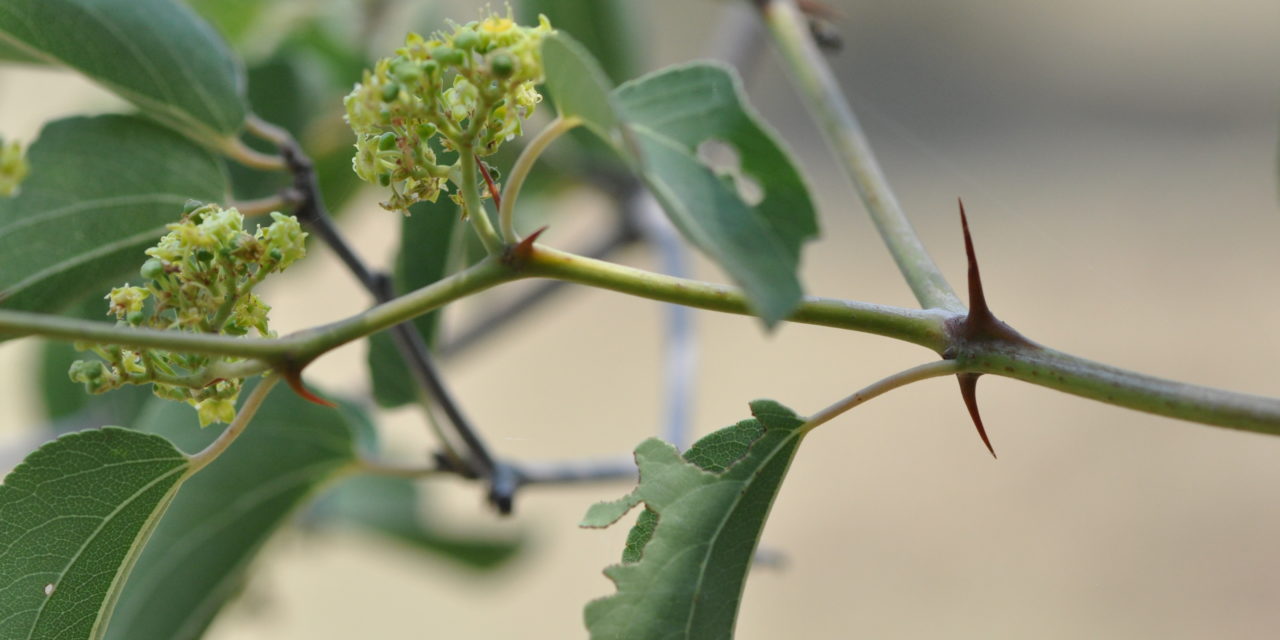
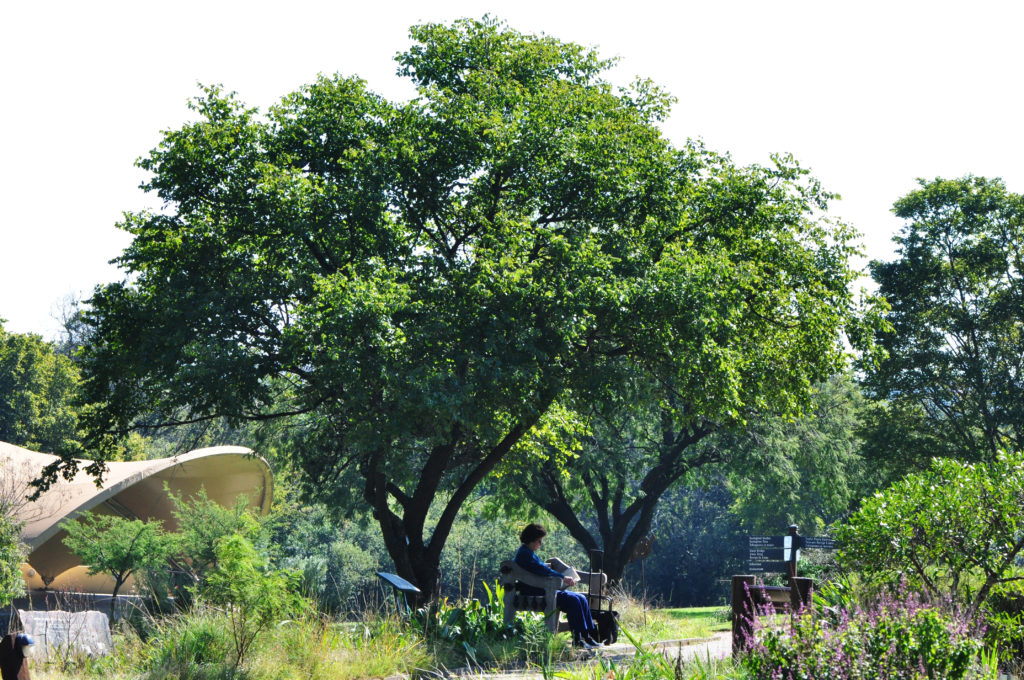
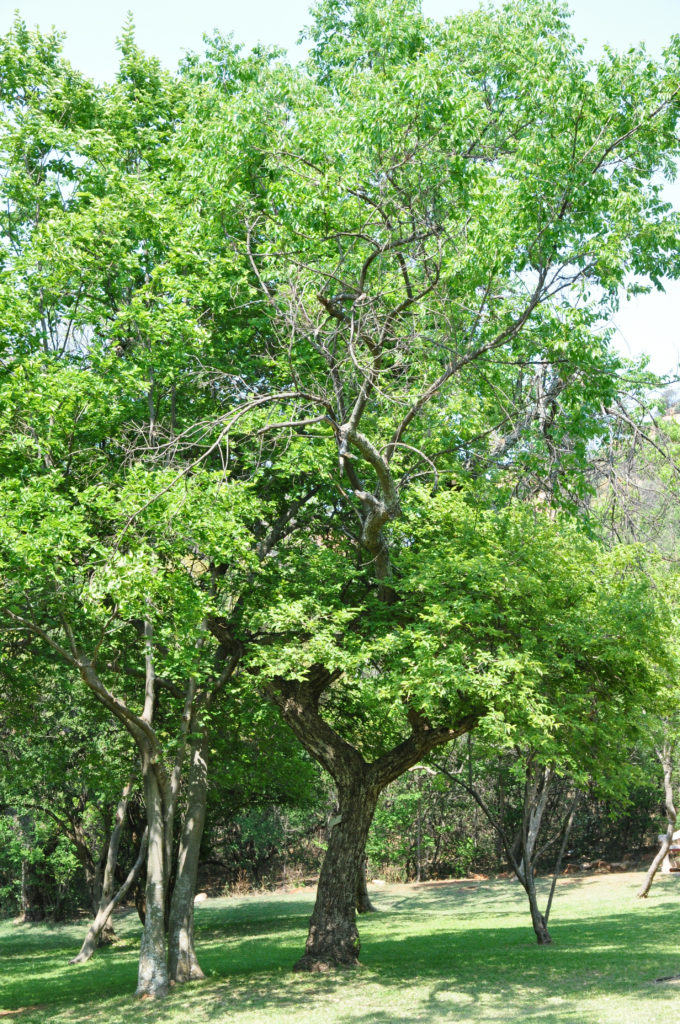
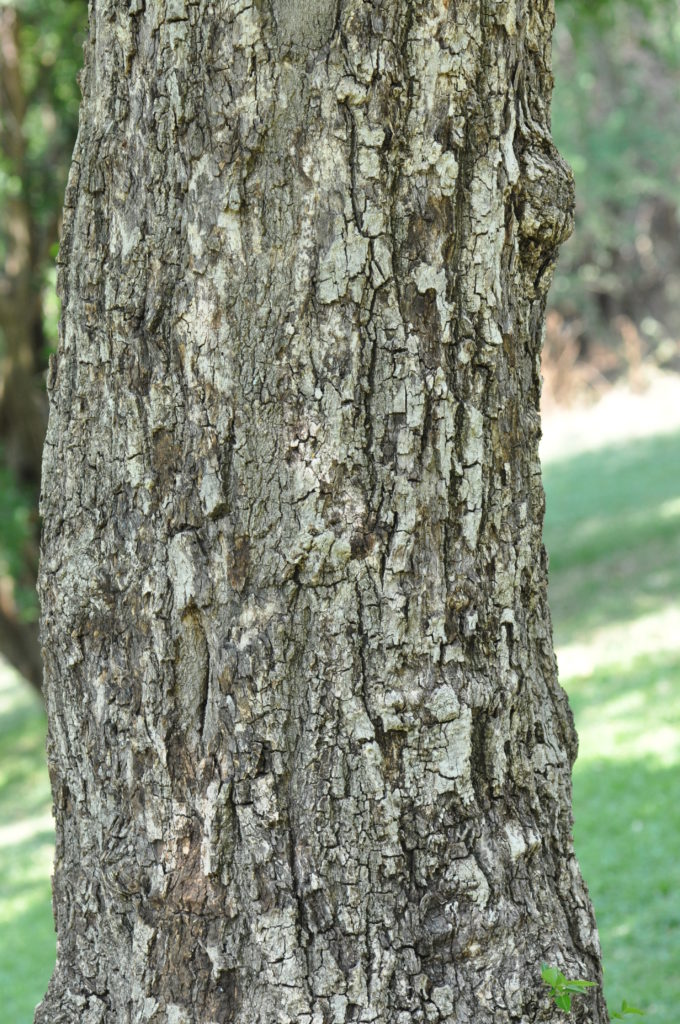
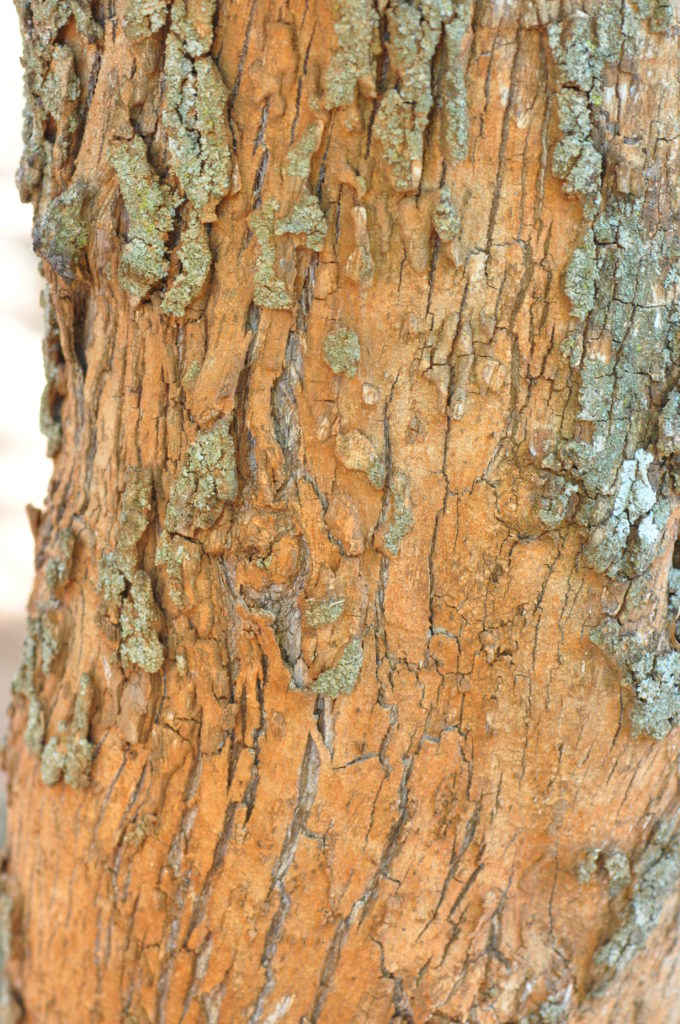
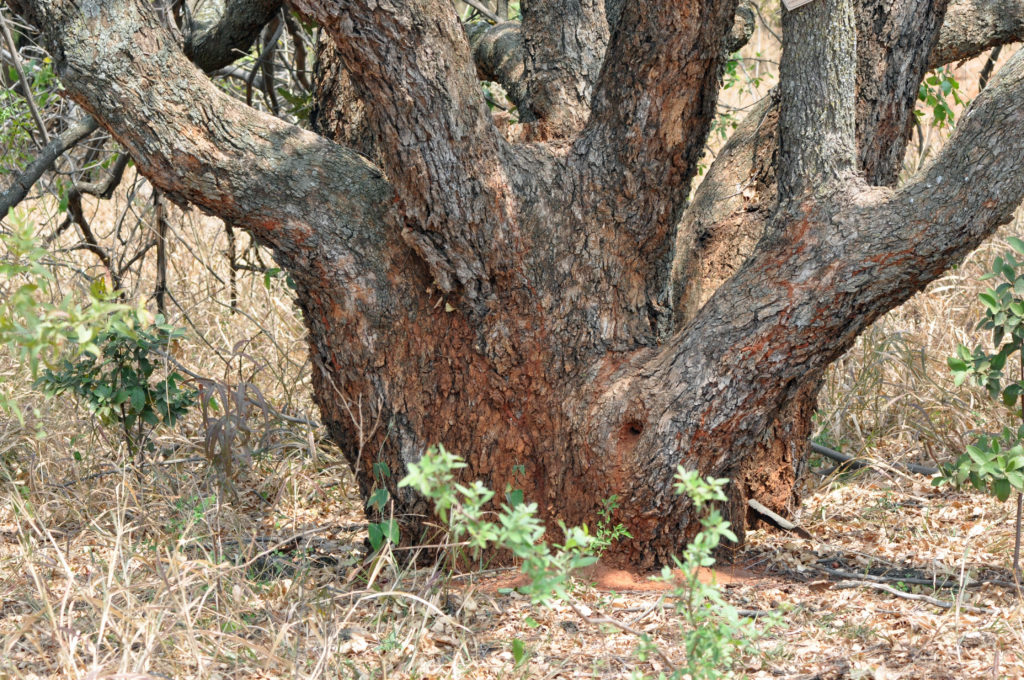
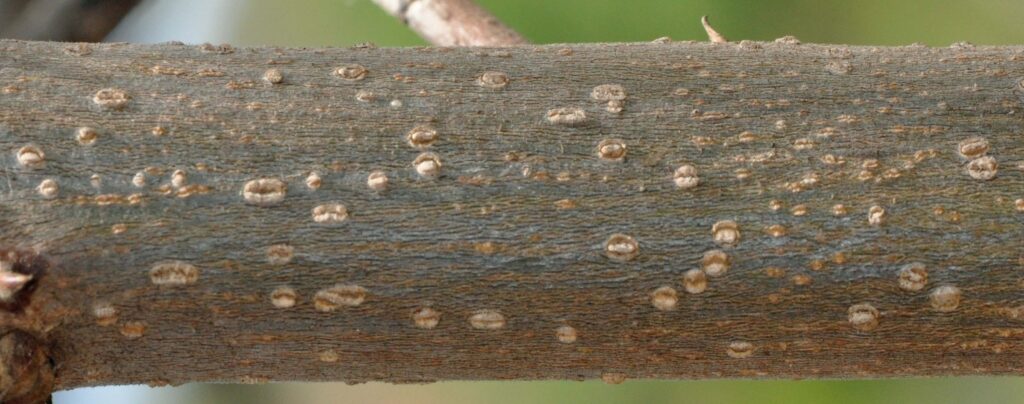
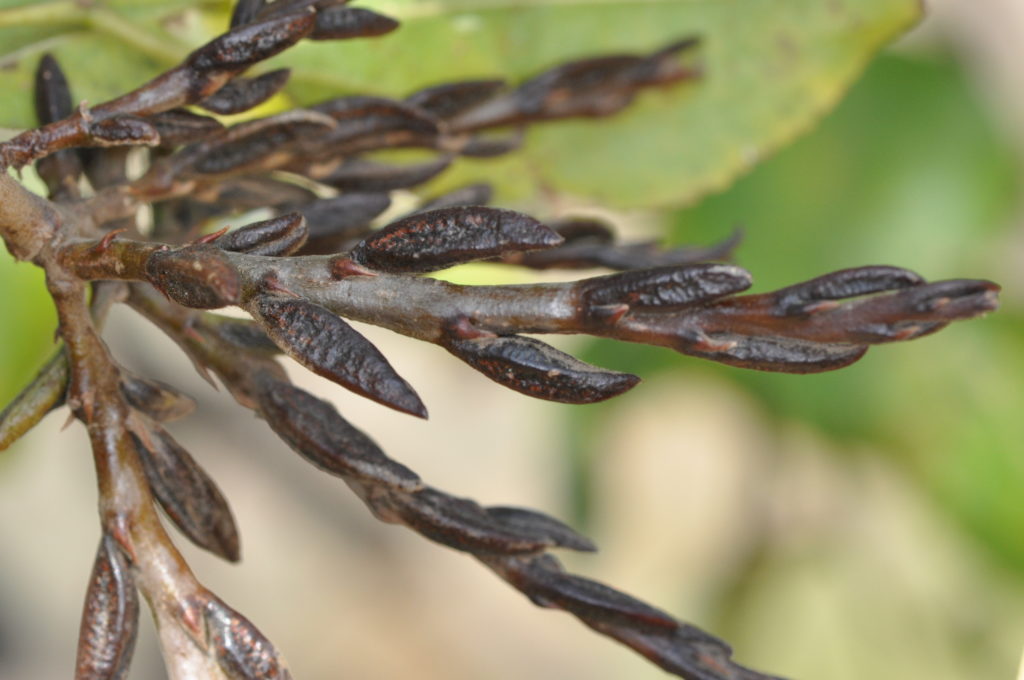
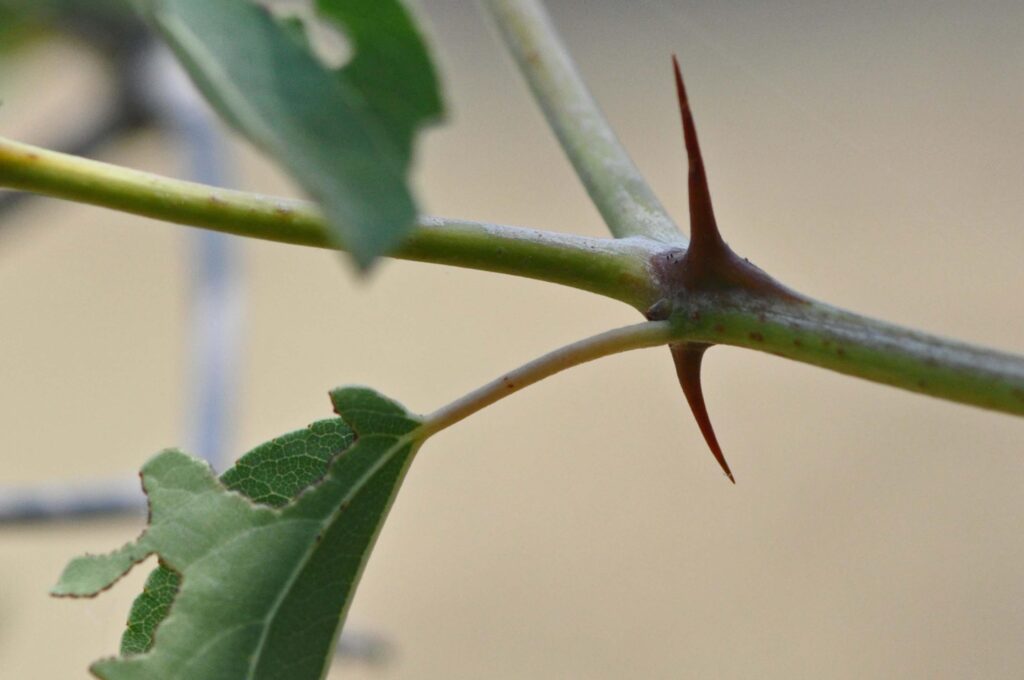
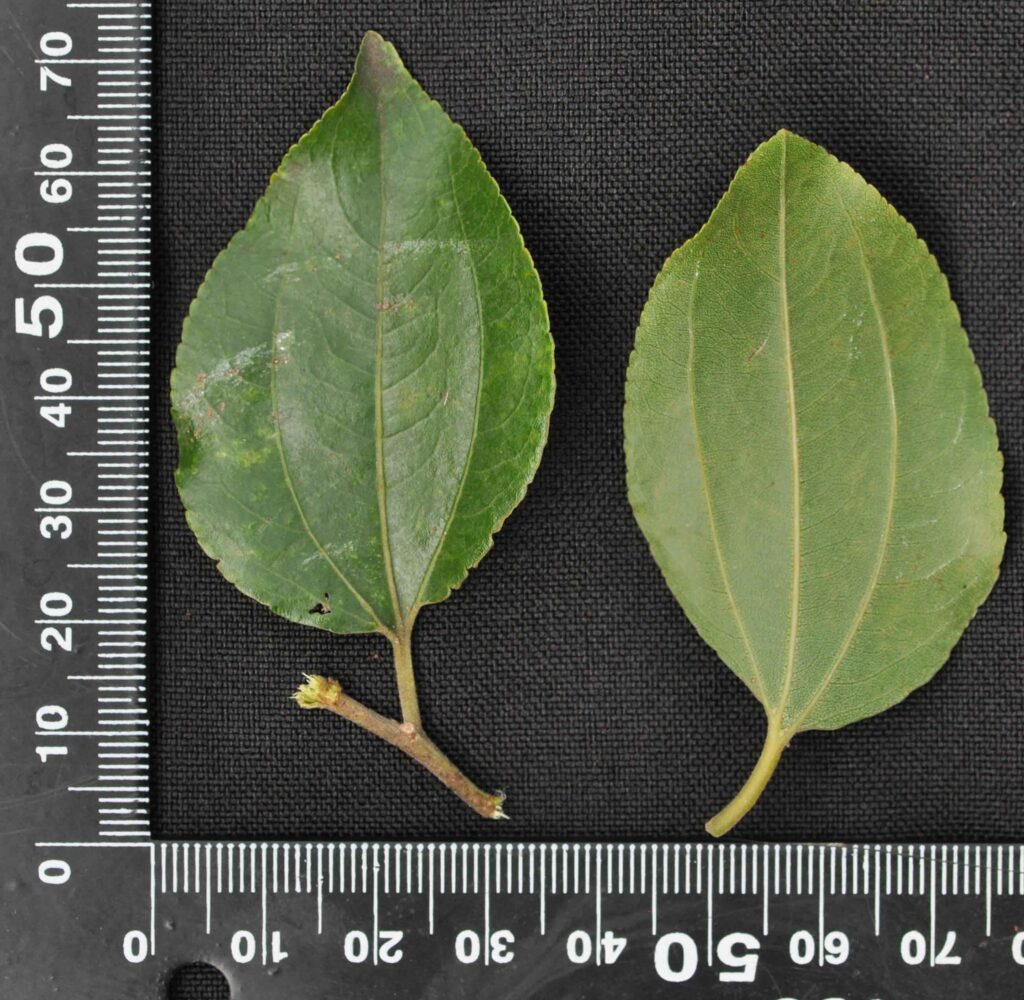
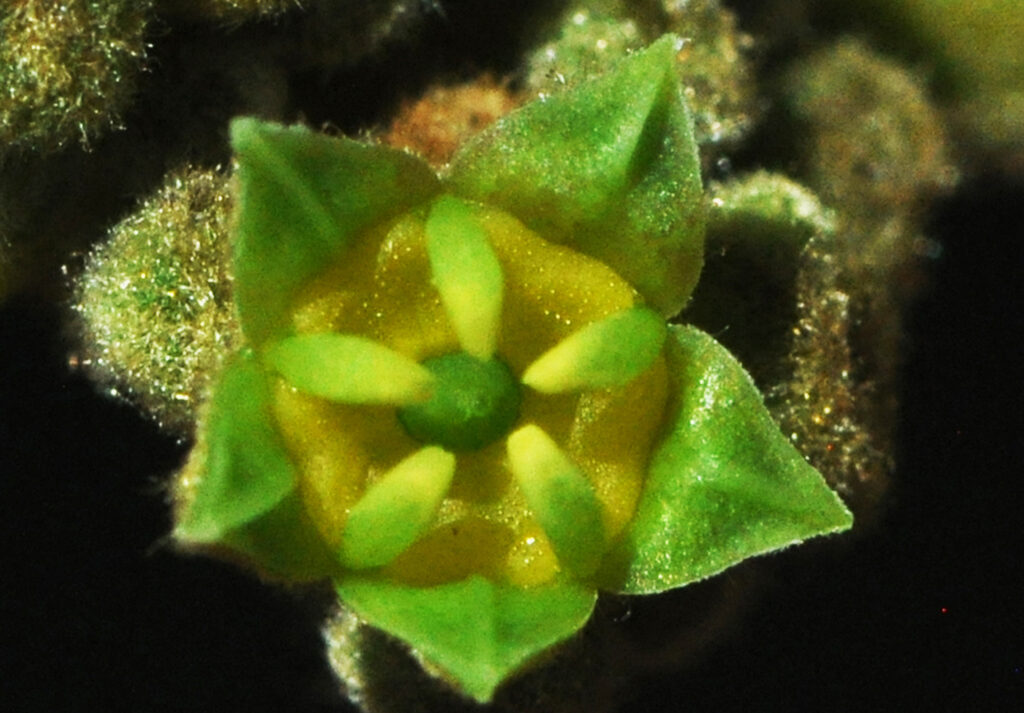
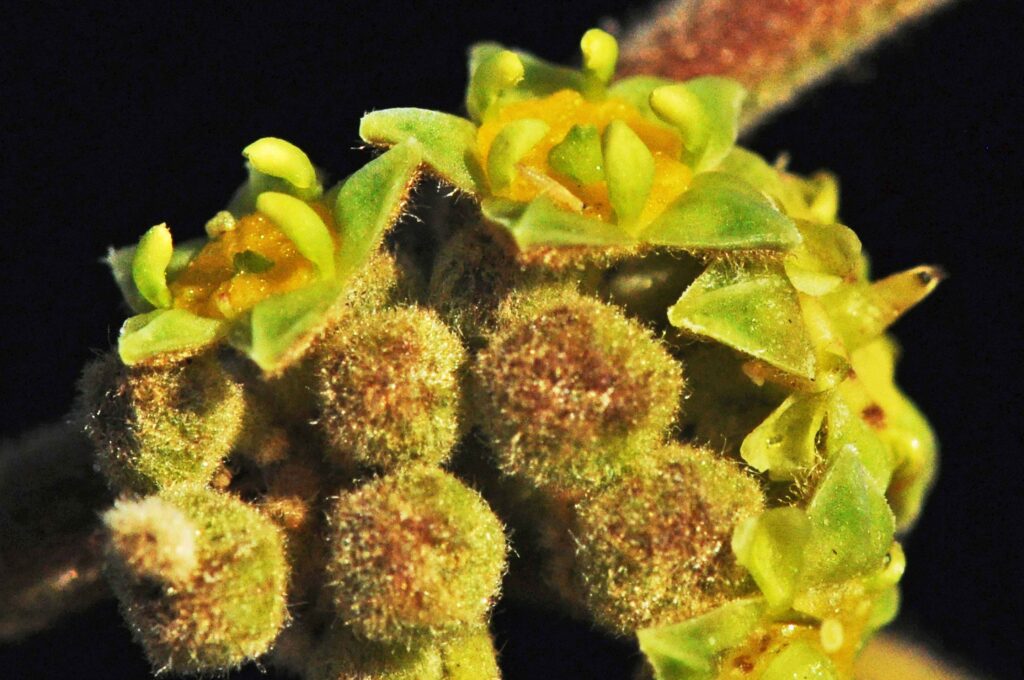
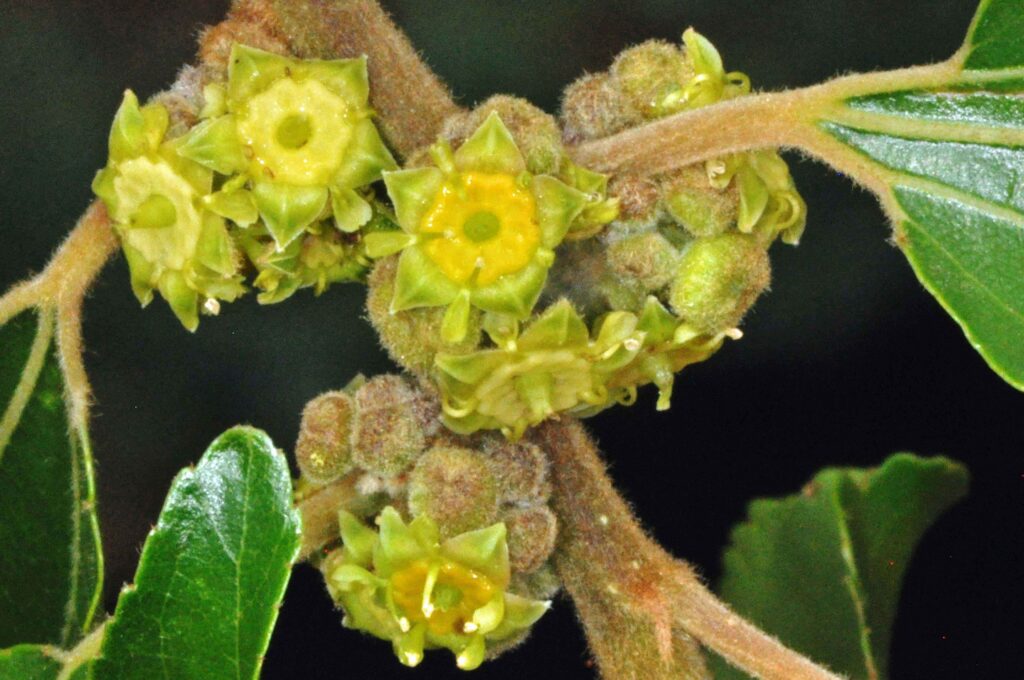
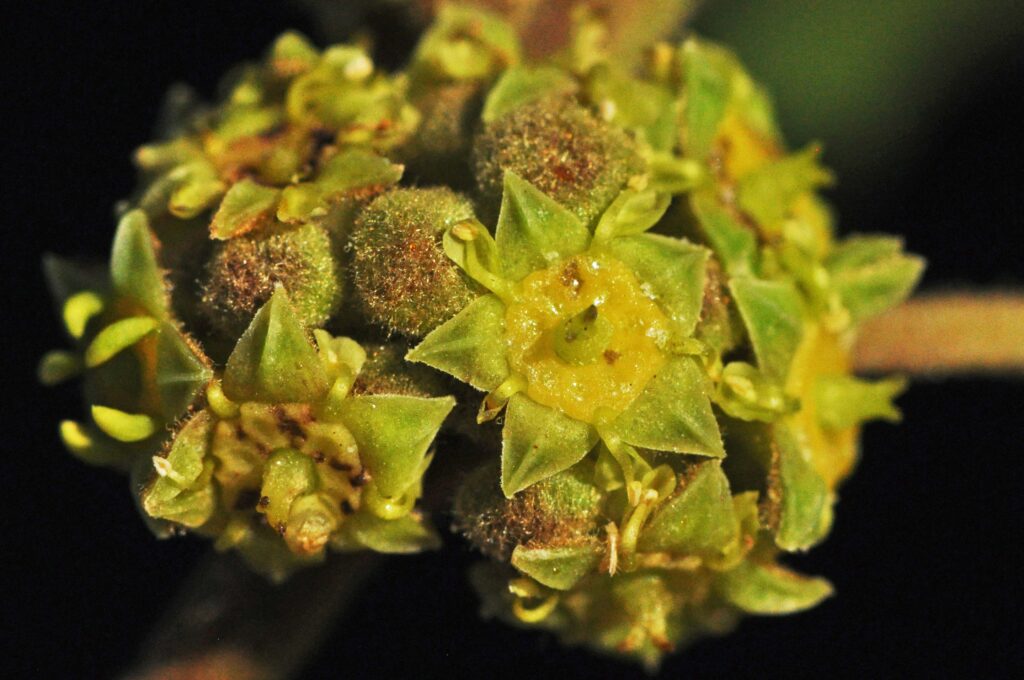
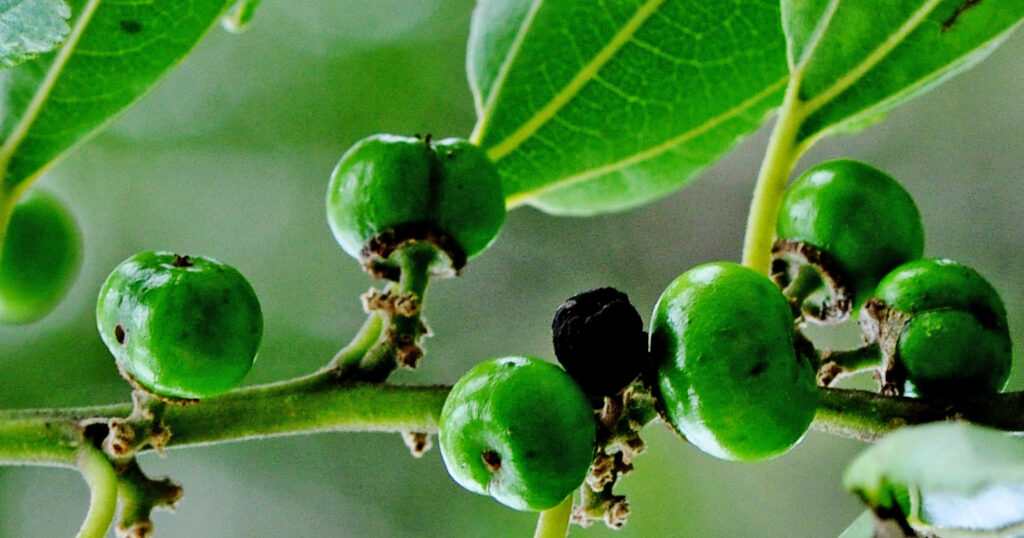
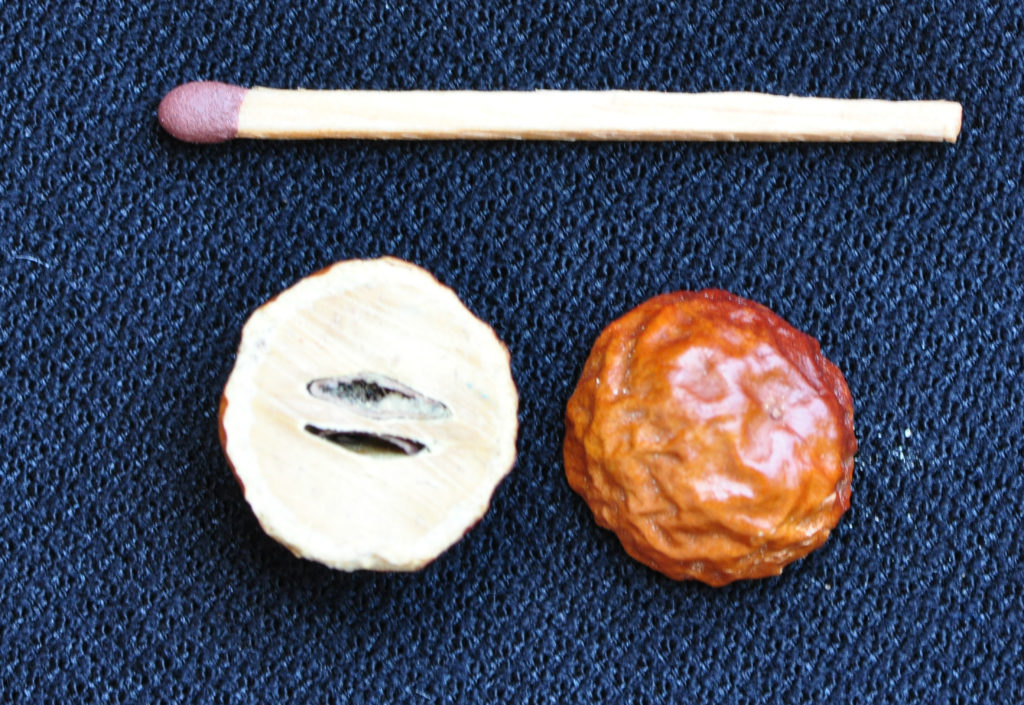

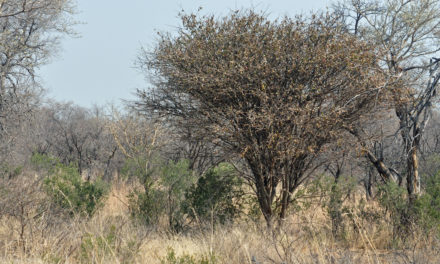
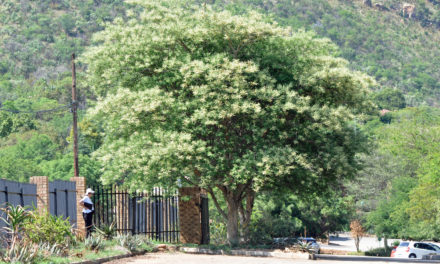
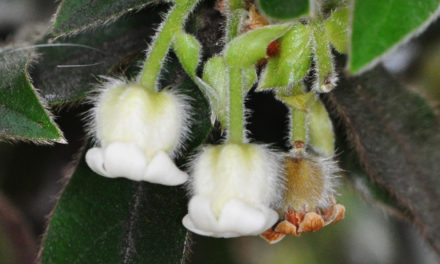
When is blooming time for Wag-n-bietjie?? How long do it bloom?
I’m a beekeeper and need the nectar & pollen info on this
Thanks Marietjie
Email: kriekie.bezuidenhout@gmail.com
Greetings
Flowering may develop any time from spring to April.
Good luck with the honey production. In the open this tree becomes a good shade tree.
Take care
David Becking.